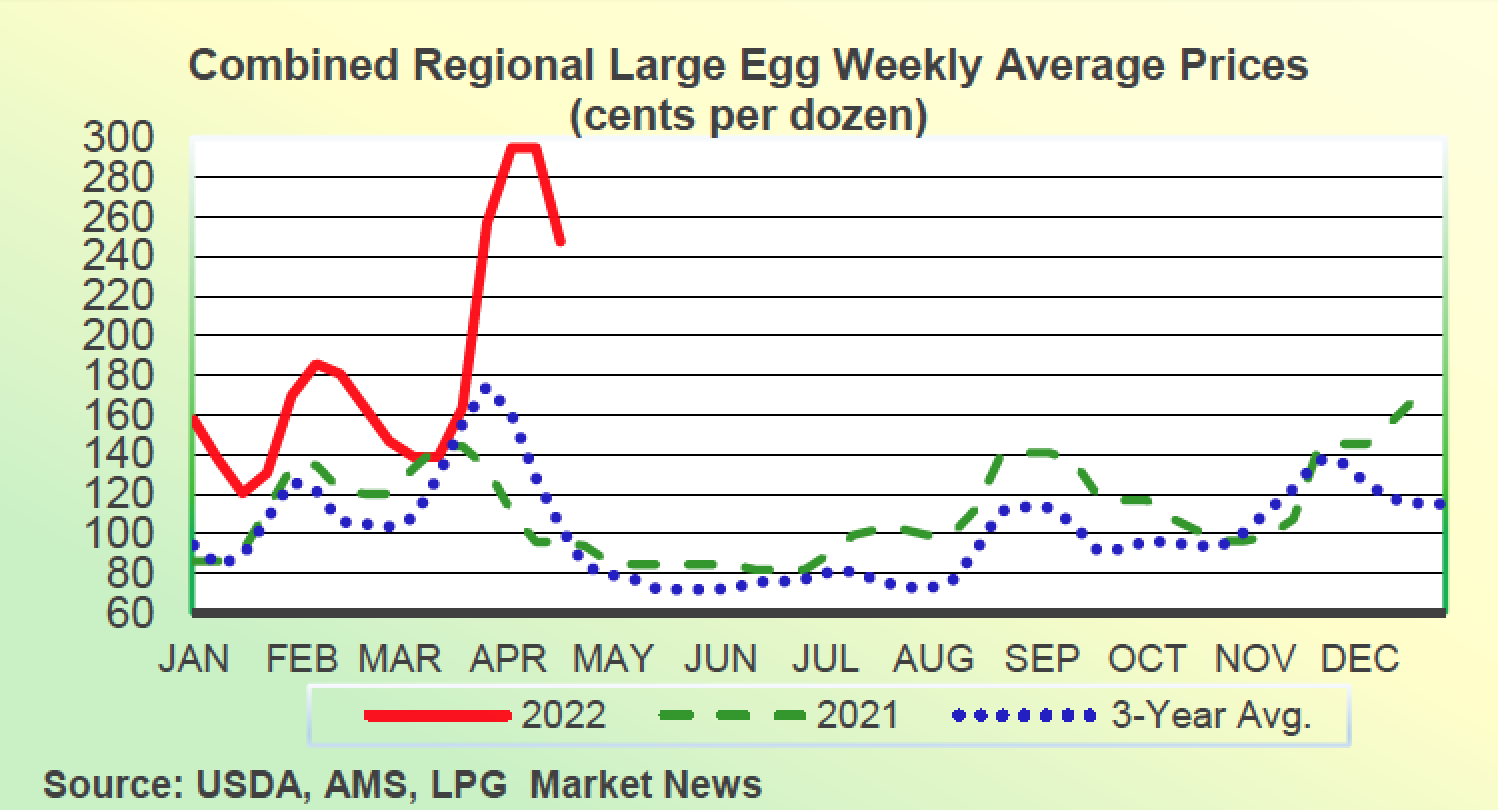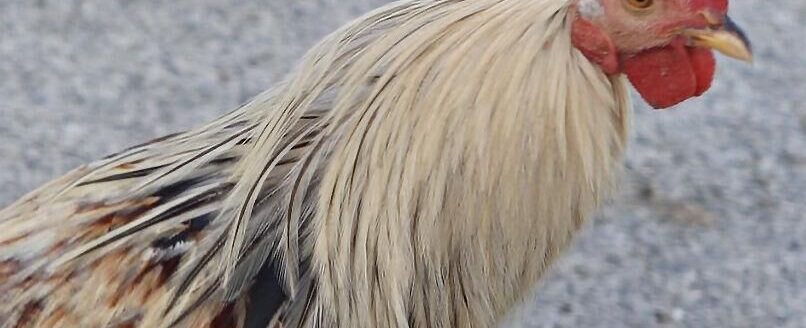Egg prices continue to climb as avian flu spreads

Consumers’ wallets may be feeling rather thin this spring as they pay more at the gas pump and in the grocery store. The cost of eggs has risen dramatically in recent weeks, in part because of Highly Pathogenic Avian Influenza. Millions of chickens have died or been culled to control the spread of avian flu, which has been detected in 29 states so far in 2022.
According to the U.S. Department of Agriculture, as of April 26, HPAI has been detected in 239 confirmed commercial and backyard flocks, and 33.07 million chickens and turkeys have been affected on confirmed infected premises. The eggs of infected birds are also destroyed to control the spread, reducing supplies for consumers.
USDA’s Economic Research Service stated in its “Livestock, Dairy, and Poultry Outlook: April 2022” report that based on HPAI discoveries as of the first week in April and expectations for the industry’s recovery, it revised forecasts for 2022 egg production as follows:
• Table egg production: Down to 7,775 million dozen eggs (-2.5% year-over-year decrease);
• Egg exports: Down to 277 million dozen shell-egg equivalent (-29.4% year-over-year decrease);
• Egg imports: Up to 48.5 million dozen shell-egg equivalent (+166.6% year-over-year increase); and
• Wholesale egg prices (New York, Grade A, Large): Up to 157 cents per dozen (+32.5% year-over-year increase).
Unlike other avian flus, the current HPAI strain is also affecting wild birds, which can carry the illness when migrating and potentially infect domestic poultry with the virus.
This is the worst outbreak of avian flu in the U.S. since 2014-2015.
According to ERS, “Between December 2014 and June 2015, more than 50 million chickens and turkeys in the United States died of highly pathogenic avian influenza or were destroyed to stop the spread of the disease.”
Shauna Rumbaugh can be reached at 620-227-1805 or [email protected].



